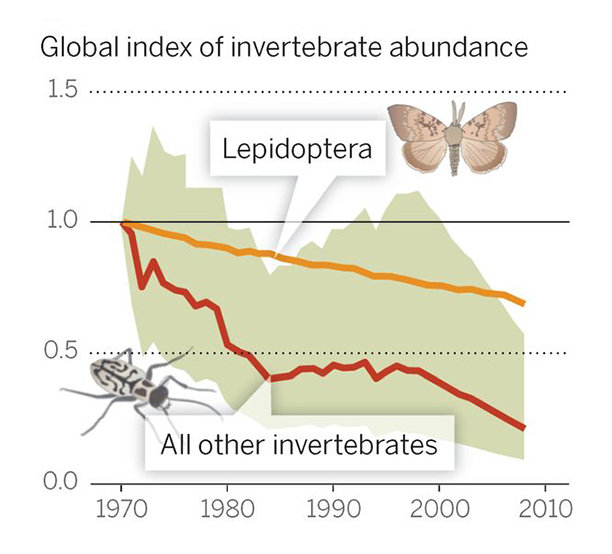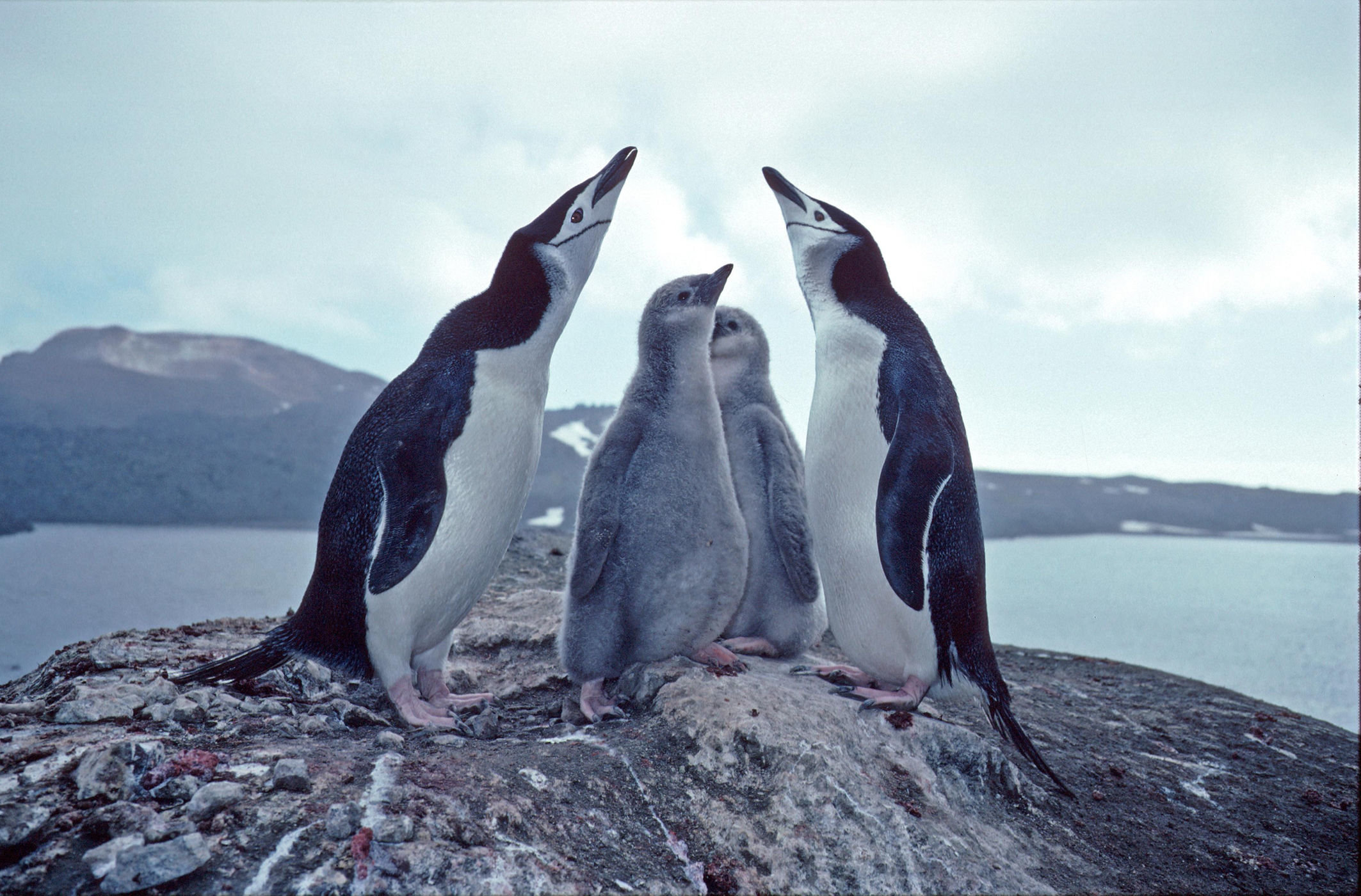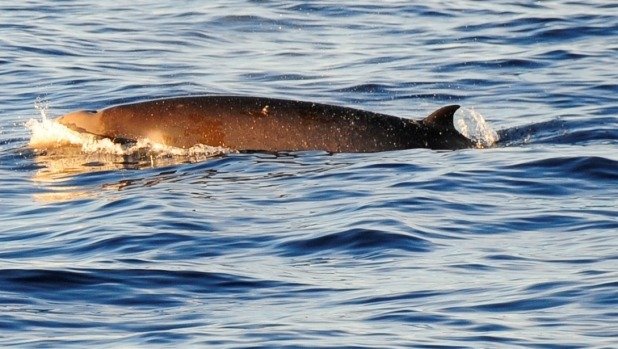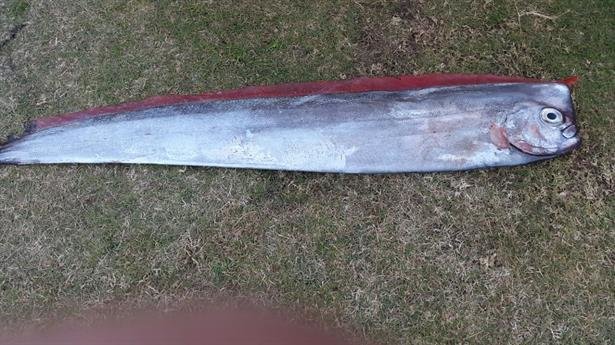
© Wikimedia Commons A pygmy goat on a stump.
Ten weeks ago, I wrote a column on a goat mutilation that occurred in rural
Montgomery County Kansas on April 3. When I referred back to that column in my files, I also caught a moment of cerebral flatulence I had when writing and proofreading it: I had inadvertently typed in July rather than April.
On June 27, I received a telephone call from the man whose goat had been the victim. It seems that a second mutilation has taken place in the adjoining county to the south across the state line, in rural Nowata County, Oklahoma.
He had already called the gentleman whose yearling heifer had been the victim, explained his own experience with his goat being mutilated, and after receiving directions drove down to talk to him.
It seems that I have an excellent new contact in that area.The grisly discovery was made early on the morning of June 18, when the owner of the 120-acre family farm for three generations, made his regular check of his mixed-breed herd of cattle and saw the heifer down and not moving.
Upon closer inspection, he found the animal was not only dead, but had been the victim of a classic mutilation. He had heard of other such incidents in the area in years past and was familiar with at least the basic scenario.
His heifer, which had appeared to be perfectly healthy the day before, was lying on its right side with its head facing northeast. There was no sign of a struggle or any obvious cause of death such as a bullet hole. The missing parts of the animal had all been
removed with clean, almost surgical incisions and there was no trace of blood to be found on or around the carcass.One element reported in many other such incidents was absent, however; the other cattle in the pasture were basically ignoring the dead heifer, displaying no signs of nervousness around it or having any interest in it whatsoever.




Comment: Considering the fact that world wildlife populations have declined by 50% since 1970, it would be wise for those individuals who are responsible to take notice of these statistics. But unfortunately, it doesn't seem like "global industry leaders" will stop polluting and destroying the environment any time soon, since there are always profits to be made from the sale of toxic pesticides and other chemical pollutants.